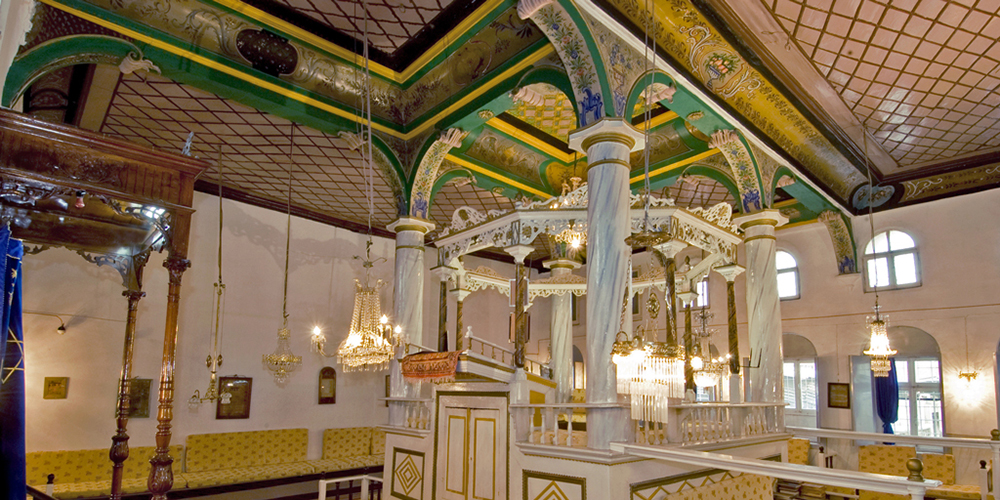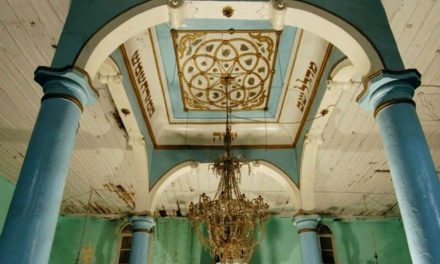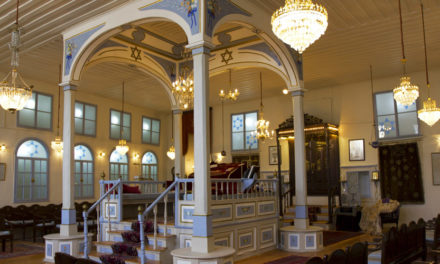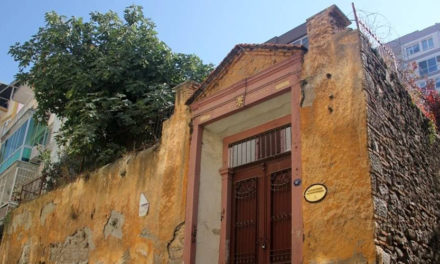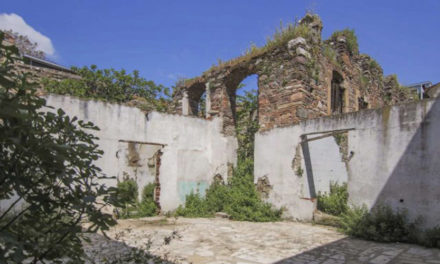Ebruli Tourism is authorised by the Jewish Community Foundation of Izmir to organise all visits to the Jewish Heriage Sites
CONTACT:
Tel: 0 (232) 464 0718 – 0 (232) 463 60 430 – 0 (549) 717 17 40
e-mail: ebrulitur@ebruliturizm.com.tr
Although the Sephardic Culture is mainly related to the Jews who were expelled from the Iberian Peninsula in the 15th century, the Jewish settlement in Izmir goes back much further. The first Jewish community in Izmir is found in the 4th century (B.C), during the reign of Alexander the Great. Bible, mentions about Jewish life in the Aegean region and Izmir during the time of Saint Polycarp, who lived in the 1st century. Greek, Latin inscriptions and ruins in Ancient Cities also provide important data on the Jewish presence in the region.
SEPHARDIC CULTURE AND IZMIR
Sephardic Jews, who were exiled from the Iberian Peninsula in the 15th century and settled in Anatolia, began to move to İzmir from surrounding towns such as Manisa, Tire also Istanbul and Thessaloniki at the end of the 16th century. From 1625, they formed an active community under the leadership of Rabbi Hayim Josef Escapa. The Jewish Community of Izmir has affected all Jewish communities in the world during the 17th and 18th centuries. Izmir was considered as the spiritual center of Judaism. Art, life style, religious scholars and musicians of Izmir had risen to prominence. As historical and cultural studies progress, the importance of Izmir Jewish Community comes to light.
THE HISTORICAL SYNAGOGUES IN IZMIR
The synagogues built in Izmir have unique local characteristics. People enter the main area of prayer through the Midrash, the Ehal has a triple structure and they were built in central plan. At the beginning of the 20th century, nearly 50 synagogues and Midrash (reading rooms) were being used effectively in İzmir. Synagogues already available are; Shalom, Sinyora Giveret, Algaze, Bikur Holim, Etz Hayım, Talmud Tora, Hevra, Los Foresteros, Portekiz are located around Kemeralti. Beit İsrail ve Rosh Ha-Har at Karatas, Saar Asamayim at Alsancak and Kaal Kadosh at Karsiyaka.
>>> View more about the Izmir Synagogues
CORTIJOS
The Sephardic Jews immigrated to the Ottoman Empire from the Iberian Peninsula, used to live in the houses which they called family house or Cortijo in Spanish -also known as Yahudhane (Jewish house) among the local people. The plan consisted of a court with a faucet or well in the center and rooms surrounding this court. The cortijos built in the initial period when the Jewish community settled in the city of Izmir, have not been carried over to the present day and only 5 or 6 cortijos can be counted although there were still 27 cortijos in 1982.
SABBATAI SEVI’S HOUSE
Sabbatai Sevi was born in Izmir on 1st August 1626. His birthday was referred to as the birthday of the Messiah, who was expected to come according to the Jewish mysticism. Sabbatai and his two brothers were born in Izmir and grew up in the house at Ikıcesmelik. The symbolic birthplace of Sabbateanism, whose dimensions exceed the borders of Turkey and which has been an important subject of interest and research until today, is this house in İzmir.
GURCESME JEWISH CEMETERY
A visit to the Gurcesme Cemetery is just like taking a look into the pages of the Jewish history of Izmir. One can have access to a lot of information about the Jewish community of Izmir from some 15.000 tombstones found in cemetery. The tombs of Rabbi Joseph Escapa, who is the founder of the Jewish community of Izmir and died in the 17th century, Rabbi Hayim Palachi and his son Rabbi Abraham Palachi are also located here.
THE DIAMOND TRIANGLE
The house of Hayim Palaçi, Bet Hillel Synagogue (Kemeralti), the tomb of Hayim Palachi and the Mikve (purification pool) built by his disciples constitute the three corners of the Diamond Triangle. The fact that the water running from Kadifekale to the cemetery is cold in summer and warm in winter is attributed to Rabbi Hayim Palachi’s spiritual power by his disciples.
THE RABBINATE BUILDING
The Rabbinate building was established in 1840 with the support of the Rotchild family from Vienna. The Rabbinate, as the name suggests, functioned as the office of the Chief Rabbinate of Izmir. Until 1930, the central library and yeshiva (religious school) of the Izmir Jewish Community were located here. Today, half of the roof of the building has collapsed and the walls are deformed. Izmir- Konak Municipality carries out the restoration works of Rabbinate.
HISTORICAL LIFT
Elevator cliffs at Karatas district, were used as quarries until 155 years ago. In 1907, Nesim Levi had a 40-meter-high elevator tower built to facilitate transportation between these two streets. The elevator is still active and a popular stop to watch the unique view of Izmir Bay.
>>> View more about the other places
INTANGIBLE CULTURAL HERITAGE
İzmir is very rich in this area. Religious practices, rituals, traditions, weddings, circumcisions, puberty ceremonies, gastronomy, music etc., all unique to Izmir. Many researches are carried out in the field, books are published, exhibitions are organized and documentary films are made. Among all these issues, the most famous things in daily life of İzmir are probably boyoz, subiya and Ladino songs…

